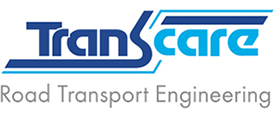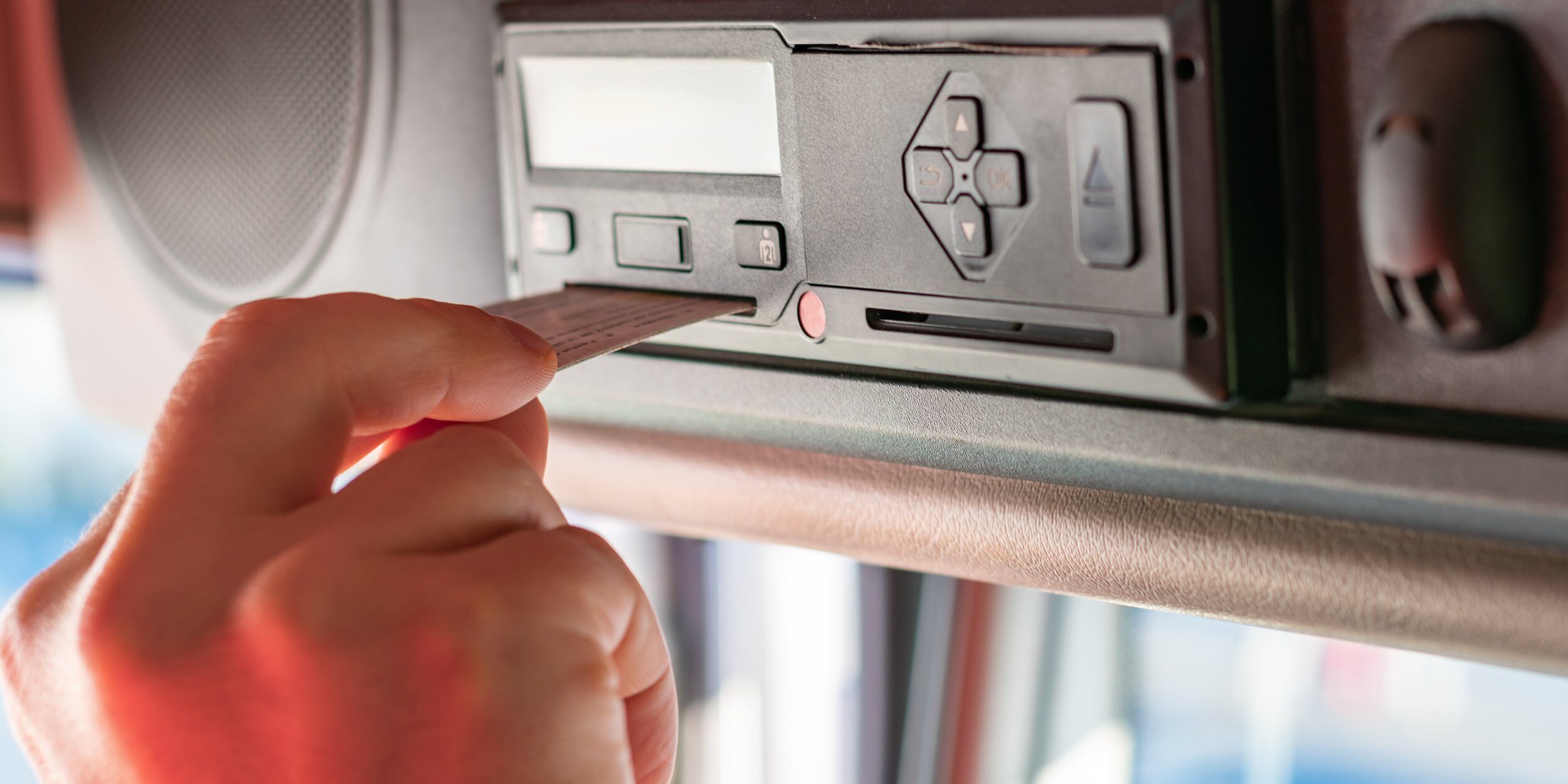If you have a fleet of HGV lorries, then it is likely that these will be fitted with tachographs, at least they should be. These are required by law to be in place when driving an HGV, which is why it is important that you do so.
Read on below as we tell you all you need to know about what a tachograph is and why it plays such an important role in HGV driving.
What is a Tachograph
A tachograph is a device that is fitted to a vehicle (typically passenger carrying vehicles such as buses, coaches and minibuses, and goods vehicles such as lorries) that automatically records its speed and distance, along with other aspects of the driver’s activity as can be selected from a choice of modes.
The system itself comprises a sender unit mounted to the vehicle’s gearbox, a tachograph head and a recording medium, the latter of which are what store the information generated when driving. Analogue tachograph heads consist of wax coated paper discs that the driver has to insert into the tachograph, which will mark the time and speed that the vehicle is travelling at various intervals. The driver is then responsible for changing this paper chart at appropriate times and keeping track of their driving records.
However, all relevant vehicles that are manufactured since 2006 must now be fitted with digital tachographs. These are electronic devices that record the driver’s activity and store this data digitally on a smart card that also identifies the driver in question, covering their driving time, speed and distance travelled. This is much more accurate and is easier for the driver or relevant authorities to access.
Why are Tachographs Important for HGV Driving?
There are certain rules and regulations that must be abided by when it comes to how long drivers are legally allowed to drive a vehicle for when it is used for the carriage of goods, which can be reinforced thanks to the use of a tachograph.
The rules on drivers’ hours and tachographs for goods vehicles stipulate how long a driver can drive for in a day and over the course of a week along with the amount and length of the breaks they must take.
A tachograph is then used to check whether these regulations are being adhered to. Because of this, it is considered an offence to drive without it and can see you facing up to two years in prison if found without this. There is, however, a distinction between drivers who knowingly drive without their card in and those who do so by accident, though an investigation would likely be carried out by the DVSA to determine why the card has not been used and whether any pressure was placed on the driver to not do so.
Tachograph Repairs
Are you having troubles with the tachographs in any of your HGV lorries? Here at Transcare, we offer approved tachograph repairs, servicing and calibration. Visit us today to ensure that you have a working tachograph installed in all your HGVs.
Get in touch with us today to discuss how our services can help you.








